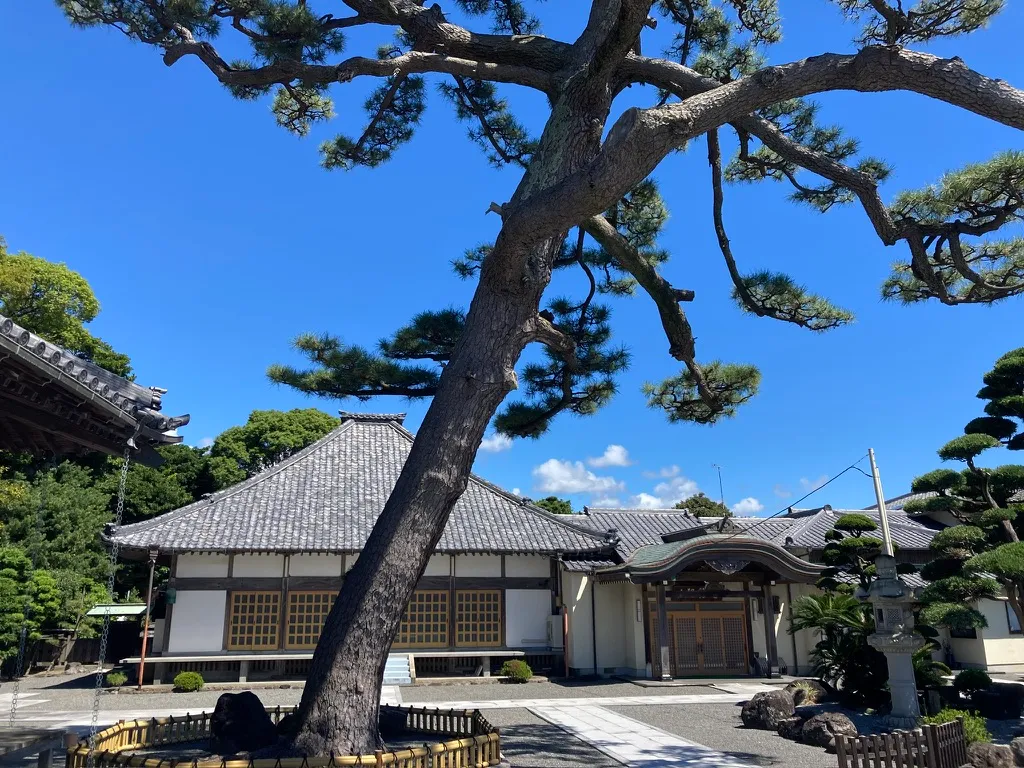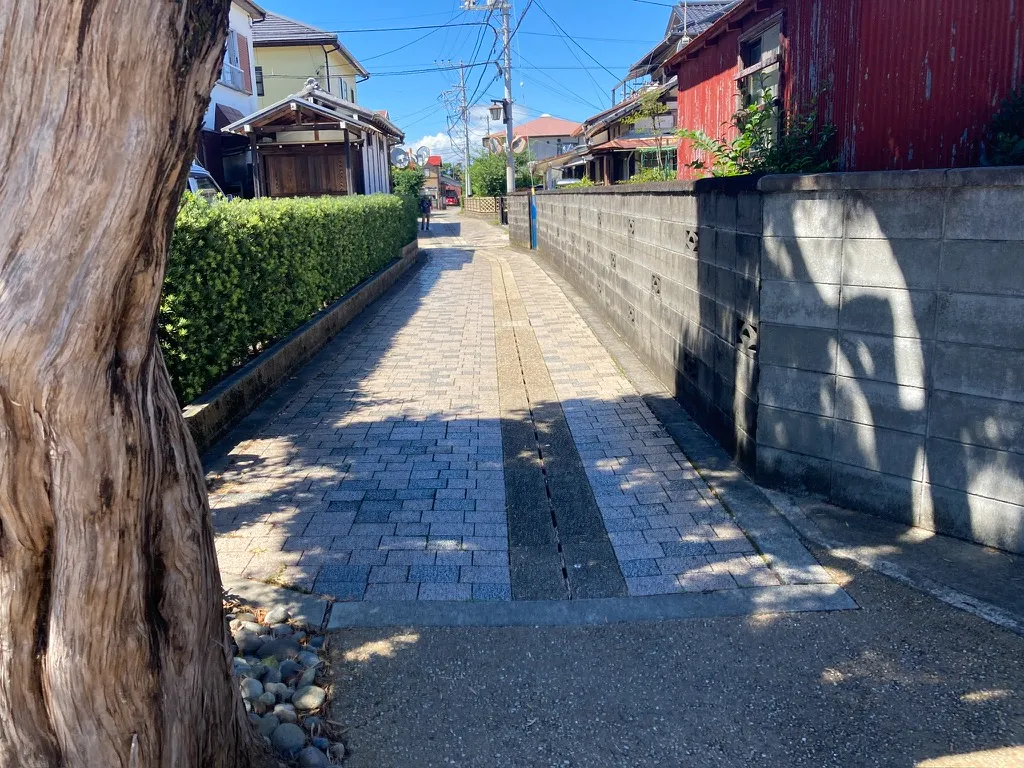This article was created using a translator. There may be expressions that are difficult to understand. If you have any questions, please check by yourself.
Please consult us about anything related to Fujieda City.
CONTACTThis time, we will visit “Hara,” the 13th inn town from Edo.
Harajuku is sometimes dishonorably referred to as the most empty of all the post towns on the Tokaido Highway. A search for Harajuku will only show Harajuku, which is famous for Takeshita-dori Avenue in Tokyo💦.
Let’s visit Harajuku with the intention of redeeming itself!
Harajuku with beautiful view of Mt.Fuji
In fact, Harajuku has long been famous for its beautiful view of Mt.
Fuji. The ukiyoe above depicts such a beautiful view of Mt. Fuji is drawn out of the frame to express the size of the mountain as seen from Harajuku.
Furthermore, it is said that Mt. Aitaka is drawn next to Mt. Fuji, so that people passing by can look back at Mt. Fuji and express the grandeur of Mt.
People would be offended to hear that it is an “inn town with nothing to offer💦.”
Ruins of Harajuku Higashikido Gate
The Watanabe family of Harajuku’s main camp was Ano Zennari, brother of Minamoto no Yoritomo and Yoshitsune, who had a vast building under the name of Heizaemon for generations, so it seems that the camp naturally became the main camp for daimyo and other feudal lords. This is the site of the Kido gate on the east side of that Harajuku.

Shounji, God of Toilet
While walking along the old Tokaido Highway in Harajuku, I saw a sign that caught my attention,

It is written, “God of Toilet.”
This Shounji Temple enshrines Yakushi Nyorai and Ususama Myoo, the god of toji (meaning “toilet”).
I was surprised to see such a place because I had never seen it before! I was surprised.
But it is a magnificent pine tree.


Shinmeizuka burial mound
This time, since I did not get off at Hara Station but at Katahama Station one stop earlier, I also visited “Shinmeizuka Kofun” (ancient burial mound).
This burial mound seems to have been identified as a forward-rear round burial mound in 1948.
It was named “Shinmeizuka burial mound” because there is a shrine named “Shinmeisha” at the top of the rear circle.
When I stepped into the burial mound, the atmosphere was different from before, and I felt a sense of fear.
(Simply because I am a scaredy-cat.)



Shinmei Shinto shrine
Walking westward for about 20 minutes from the Shinmeizuka burial mound, you will find the Shinmei Shrine.
Two cute Saijin were enshrined there. They look like Dosojin (guardian deities) that the villagers protect. The reason they don’t have faces is because they have withstood the wind and rain.
Aren’t they cute?


Choukouji Temple
Chokoji Temple was used as a lodging house by the monks who trained at Shoinji Temple during the reign of Hakuin Zenji, and the path that runs from Shoinji Temple to Chokoji Temple still remains and is known as “Hakuin’s Way”.
Hakuin Zenji was a Zen master named Hakuin Ekaku (1685-1768), who was praised as “Suruga has two things that are too much, Fuji’s mountain and Hara’s Hakuin.
Born in Harajuku, he was ordained at the age of 15 and entered Shoinji Temple, where he lived out his 84 years of life at Shoinji.



Shoinji Temple
Shoinji Temple is an old temple of the Rinzai sect, with a history of about 700 years, and is known as the temple where Hakuin Keihaku, mentioned earlier, served as abbot. It is now a member of the Hakuin Sect.
This is also a magnificent pine tree.
When we visited the temple, a Buddhist memorial service was being held, so we sneaked a look so as not to disturb it.



The roof of Shoin-ji Temple has a stone tile roofing, with three tiers of 54 tiles, each about 30 cm wide and about 1 meter long, for a total of 108 tiles on the back and front sides.
The roof is said to have been designed by Hakuin Zenji. It is said that Hakuin Zenji invented this roofing technique, which is unique in this region.
Shoinji Temple is said to be the resting place of Hakuin, who was said to be one of the most famous monks in 500 years.


